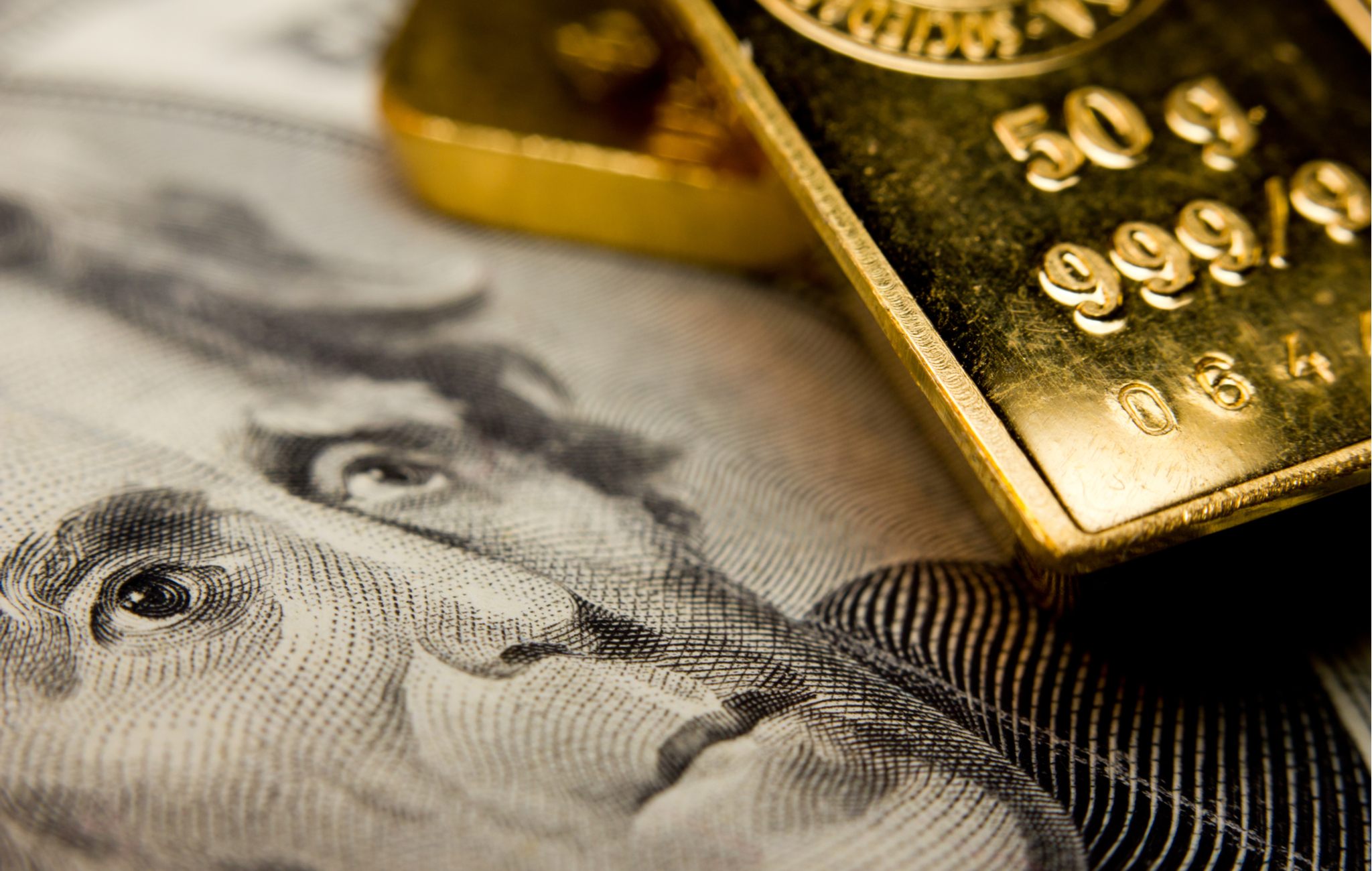
John Maynard Keynes, the progenitor of modern macroeconomics, famously dismissed the gold standard as a “barbarous relic.” Commodity monies have been held in low regard by economists ever since. The disdain has spread to noneconomists in policy making circles, as well.
Dr. Judy Shelton is a rare exception. She is a well-known defender of the gold standard. For this reason, her nomination to the Federal Reserve’s Board of Governors has been somewhat controversial. Even the Republicans on the Senate Banking Committee seemed concerned about her support for gold. (Shelton directed the Sound Money Project, before it was acquired by AIER. I have been associated with the project since 2014.)
The legislators’ hesitance to confirm Dr. Shelton’s nomination seems to have waned. The committee confirmation vote has been scheduled. Nevertheless, it is both interesting and distressing that supporting the gold standard runs the risk of making one a persona non grata, even in supposedly pro-market circles.
The low regard economists and policymakers have for the gold standard is unfounded. Sadly, many of these supposed “experts” are almost completely innocent of monetary history. To the extent that they are schooled in monetary economics at all, their education is largely theoretical. They can recite the standard academic boilerplate about how a perfectly managed fiat money system outperforms a perfectly operating commodity money system. It seems never to have occurred to them that the relevant comparison is actually existing fiat systems versus actually existing commodity systems. On this margin, the historical evidence is strongly suggestive if not definitive. In practice, the gold standard provides a better anchor for inflation expectations without an obvious cost in terms of lower output or higher unemployment.
Technically, there is no such thing as the gold standard. There were many gold standards. Some use the term to denote a system where physical gold coins are used as money. Others use it to mean any system where a given volume of gold is the unit of account and the medium of redemption for bank liabilities. And others still use it to refer specifically to the “classical” or “international” gold standard, which prevailed from 1879-1914. For the purposes of this essay, I use “gold standard” to mean the US experience under the National Banking System (1863-1914), starting in 1879, when the US retired the last of its lingering Civil War liabilities (greenbacks) and resumed gold redeemability.
If the gold standard were really so inferior to fiat money managed by modern central banks, you would expect it to show up in the historical time series. As it turns out, the evidence suggests the opposite.
In a 2012 paper, George Selgin, William Lastrapes, and Lawrence White rigorously compared the pre- and post-Fed periods in US economic history. Their findings are clear: even if you ignore the “learning curve” period from 1913 to 1945, there is scant evidence the Fed helped to stabilize markets. In addition to the long-run decline in the purchasing power of the dollar, the Fed period saw more instances of macroeconomic stability, not less. Furthermore, even over the short run, the purchasing power of money (the inverse of the price level) became less predictable.
The comparison provides an even more damning criticism of fiat money systems when one considers that (1) the US dollar has been one of the better-managed fiat monies and (2) the National Banking System had several known deficiencies. Examples include the requirement that banknotes be backed by government bonds and prohibitions against branch banking, which made the system rather unstable. And yet, the Fed was not an obvious improvement.
Many of these results were confirmed by my AIER colleague, Thomas Hogan, in a 2015 paper. Hogan also subjects the pre- and post-Fed periods to scrutiny. Once again, discretionary central banking is found wanting. Inflation has been higher under the Fed, while GDP growth has been lower. Inflation volatility, a key measure of monetary predictability, was worse under the Fed, too. And, yet, GDP was no less volatile under the Fed. So much for the superiority of fiat money.
As my friend and coauthor Bryan Cutsinger puts it, the gold standard apparently is “superior in some respects and no worse in others.” Rather than an antiquated holdover retarding economic performance, the gold standard was a crucial component of the impressive economic growth that occurred during the late 19th and early 20th centuries. It is a period in Western history sometimes referred to as La Belle Époque: an era of peace and prosperity, driven largely by the growth of commerce and the extension of markets. That, in turn, depended upon the Western nations’ commitment to sound money, in the form of gold redeemability.
The inescapable conclusion is that gold is no “barbarous relic,” as Keynes maintained. If anything, it is a civilizing force. Don’t let anyone tell you the gold standard is a macroeconomic burden. It just isn’t true.
The gold standard isn’t perfect. No system is. But it has many virtues. A strong case can be made that it’s the best of all feasible institutional alternatives. As my dissertation adviser, Lawrence White, puts it: The gold standard is still the gold standard among monetary systems.




